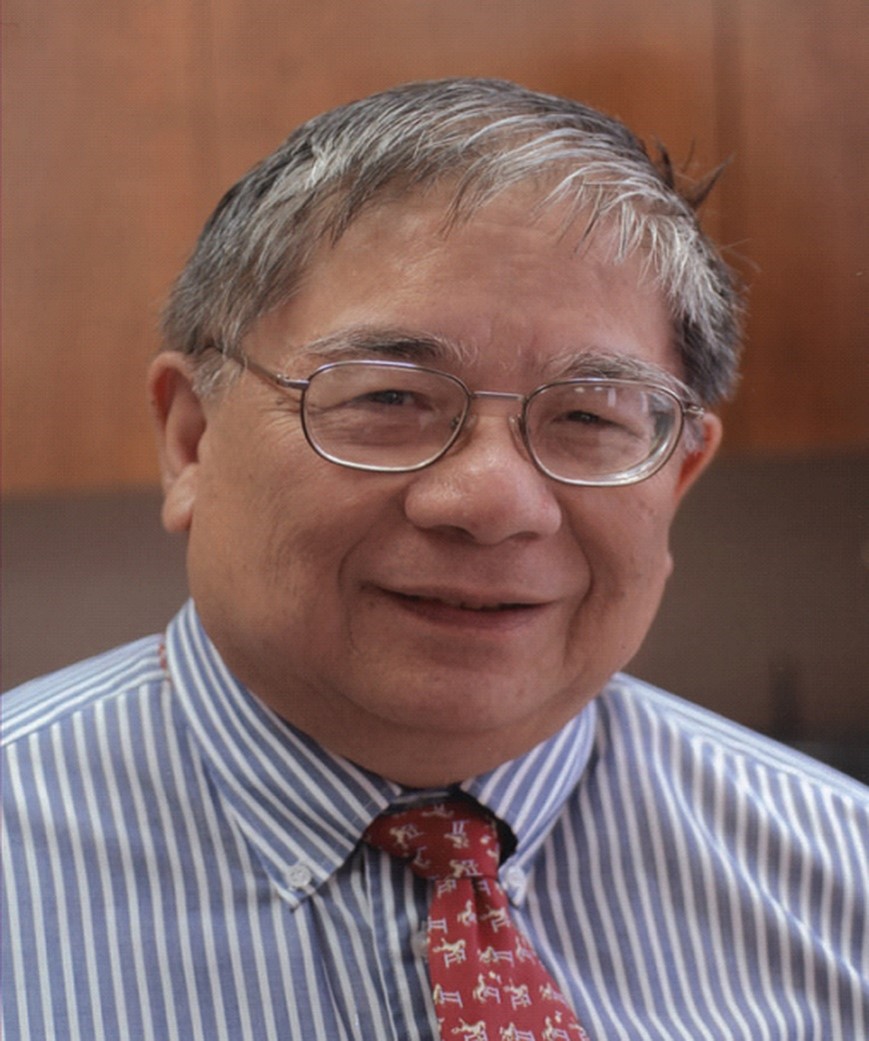Oct 2022

Selective methane oxidation is difficult chemistry. However, the particulate methane monooxygenase (pMMO), the first enzyme in the C1 metabolic chain of methanotrophic bacteria, converts methane into methanol efficiently and selectivity under ambient conditions. Accordingly, pMMO has become the paradigm for understanding the chemistry that nature has discovered to accomplish this difficult chemical transformation. We have recently obtained the 2.5 Å cryo-EM structure of pMMO from Methylococcus capsulatus (Bath) [13]. This structure has revealed the locations and ligand structures of the metal cofactors that serve as the catalytic machinery of the enzyme. Based on this structural information as well as earlier biochemical/biophysical studies on the enzyme, the chemical principles underlying the mechanism of methane oxidation and the catalytic turnover in this enzyme have now been uncovered. A series of biomimetic catalysts have also been developed for methane oxidation in the laboratory [46]. The performance of these catalysts will be reviewed. Unprecedented turnover frequencies (>40 min–1) and high product throughputs (turnover numbers >30,000 in 12 h) have already been achieved for this challenging chemical transformation in water under ambient conditions [6]. The technology is green and suitable for on-site direct conversion of methane into methanol at room temperature, e.g. to control methane emissions from stationary sources into the atmosphere.
References
[1] Chang WH, Lin HH, Tsai IK, Huang SH, Chung SC, Tu IP, Yu SSF, and Chan SI. 2021. Copper Centers in the Cryo-EM Structure of Particulate Methane Monooxygenase Reveal the Catalytic Machinery of Methane Oxidation. J. Am. Chem. Soc. 143 (26) 9922-9932.
[2] Chan SI, Chang WH, Huang SH, Lin HH, and Yu SSF. 2021. Catalytic Machinery of Methane Oxidation in Particulate Methane Monooxygenase (pMMO). J. Inorg. Biochem. 225, 111602.
[3] Chan SI, Wang VCC, Chen PPY, and Yu SSF. 2022. Methane Oxidation by the Copper Methane Monooxygenase: Before and After the Cryo-EM Structure of pMMO from Methylococcus capsulatus (Bath). J. Chin. Chem. Soc. 69 (5), doi.org/10.1002/jccs.202200166.
[4] Chan SI, Lu YJ, Nagababu P, Maji S, Hung MC, Lee MM., Hsu IJ, Pham DM, Lai JCH. Ng KY, Ramalingam S, Yu SSF. and Chan MK. 2013. Efficient Oxidation of Methane to Methanol by Dioxygen Mediated by Tricopper Clusters. Angew. Chem. Int. Ed. 52, 3731-3735.
[5] Liu CC, Mou CY, Yu SSF, and Chan SI. Heterogeneous Formulation of the Tricopper Complex for Efficient Catalytic Conversion of Methane into Methanol at Ambient Temperature and Pressure. Energy & Environ. Sci. 9, 1361-1374.
[6] Tsai YF, Natarajan T, Lin ZH, Tsai IK, Janmanchi D, Chan SI, and Yu SSF. 2022. Voltage-Gated Electrocatalysis of Efficient and Selective Methane Oxidation by Tricopper Clusters under Ambient Conditions. J. Am. Chem. Soc. 144 (22) 9695-9706.
B.S., University of California, 1957; Ph.D., 1961. Assistant Professor of Chemical Physics, Caltech, 1963-64; Associate Professor, 1964-68; Professor, 1968-76; Professor of Chemical Physics and Biophysical Chemistry, 1976-92; Hoag Professor, 1992-2001; Hoag Professor Emeritus, 2002-
Professor Chan and his research group work on the structure and function of membrane proteins, particularly those that participate in the transport of electrons, ions, sugars, and other substrates that are essential to the life of a cell across the cell membrane. They study these enzymes in the native environment of the membrane in which they reside, or isolate and purify them for in-depth structural and functional characterization by a variety of physical and chemical methods, including NMR, EPR, ENDOR, resonance RAMAN, X-ray spectroscopy, time-resolved absorption and fluorescence spectroscopy, chemical modification, and site-directed mutagenesis. At the moment they are investigating a number of interesting and important systems: cytochrome bo3 from E. coli; cytochrome bc1 oxidase from bovine heart; succinate-ubiquinone oxidoreductase from Paracoccus denitrificans; and the particulate methane monooxygenase from methanotrophic bacteria.
In this work, the laboratory is developing approaches to map the secondary structure and the tertiary folding of the proteins in the lipid bilayer membrane and attempting to understand their protein architecture and the protein dynamics in terms of the primary sequence, and subunit structure, as well as the manner in which proteins interact with the lipids. Many membrane proteins are molecular machines, with mobile elements that are essential to their functions. Accordingly, they are also developing methods to follow these protein conformational changes in real time so that the catalytic chemistry may be understood in terms of the protein design and architecture. It is through these studies that they hope to obtain an understanding of the principles underlying ion and electron transport across biological membranes; the mechanisms of coupled-solute transport mediated by membrane-bound redox-enzymes and transport proteins, especially proton and ion pumps; and biological energy transduction in general.
Finally, in quite a distinct project, the Chan laboratory is developing a new paradigm of protein folding based on the principles of kinetic channeling. Toward testing some of these ideas, experiments are currently underway to observe the early events of protein folding in a number of protein systems.